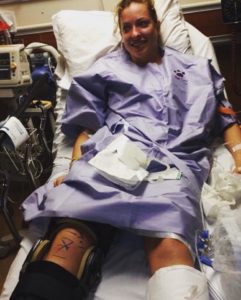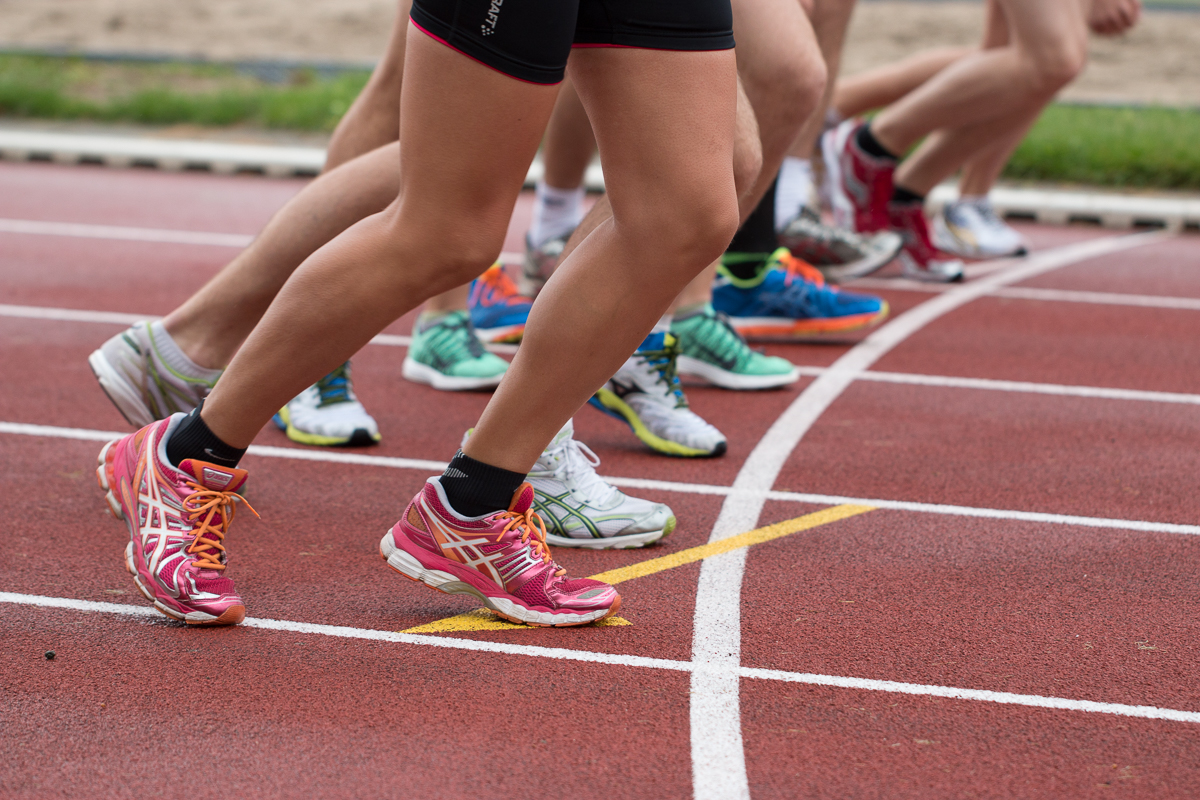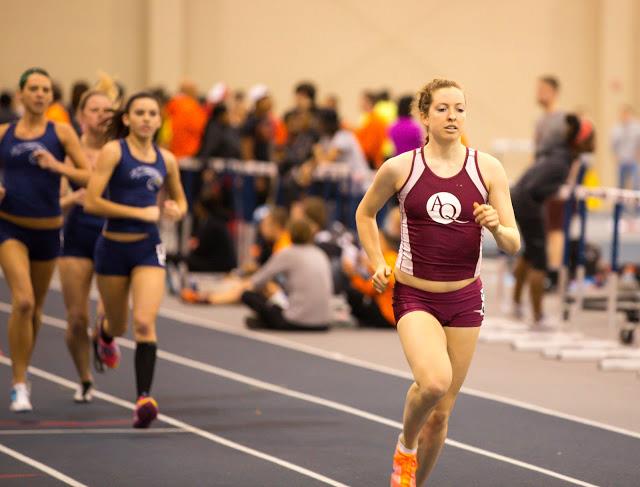NEDAW: “Let’s Get Real” with Recovery and the Prevalence of Eating Disorders
The first time I “got real” was in an email to my mom.
“I think I have an eating disorder,” I wrote.
In that moment, I recalled the terror and pain of binge eating alone each night. I thought of the race, days prior, where I had revealed my bloated, heavy body for the first time in months.
All-American runner from freshman year, gone?
My mom wasn’t sure what to think at first. We were talking about my binge eating experiences before it was even a diagnosable eating disorder in the DSM.
After our conversation, I feared speaking up again. But there’s something about talking–about getting real with all of this–that prompted me to say something more.
I got real, and went to my first eating disorder support group.
I got real, and told my coach.
I got real, and saw a therapist and dietitian.
I continued to struggle with restricting and bingeing, only to start running workouts with a teammate who confessed to me that she had anorexia. I watched as her times improved, watched my teammates and coach praise her for her accomplishments.
I felt like I was watching my past self.
I wondered if it was right to warn her of what could happen, but I was conflicted because she was running so well.
What if this is just my problem?
Months later, this teammate removed herself from the competition that fueled her eating disorder–before it damaged her for good.
That summer, I listened to a friend talk about a coach encouraging her to “just keep running” because she was running well. She told her coach that she had eating issues. He told her that she could “just try to run until she could run no longer.” Until she’d break.
That fall, I ran until I broke.

Over and over, I thought, this just couldn’t be happening that much.
I’m a mess. I’m broken. I’m the downfall.
It had taken me that long to realize this was not an isolated incident. Eating disorders do that to you–they try to make you feel alone. They try to make you feel like you are broken and can’t be fixed–that you are the only one suffering, and no one will understand you.
I think about the young woman I was through all of this–and all the athletes–and I am so sorry. I am sorry I was in so much denial. I am sorry that it has taken so long, that there were so many misconceptions and confusion.
I am sad that we are still so far behind. I continue to read about and watch athletes struggle with this, and so many coaches are left in the dark.
And yet, there is something else appearing as well:
Athletes opening up about their struggles. Empowering messages of strength, power, and competing for the right reasons. Running for those who struggle. Running at a heavier weight and showing that it can be done with confidence, success, and love for the sport. Some no longer running and finding hope and happiness in doing so.
Coaches wanting to make a difference. Coaches seeing us as more than athletes and numbers. Eating disorder advocates breaking the misconceptions and stigma. Media covering a topic we have long been fighting to bring to light.
Budding, young athletes with a happy future ahead of them–a future we fight for each day. A future where red flags are recognized sooner and lives are spared from the eating disorder fate.
We are “getting real” at last–telling our stories, talking about what made us break, removing ourselves from harm.
We are showing those around us what can happen behind closed doors, and why this must change.








